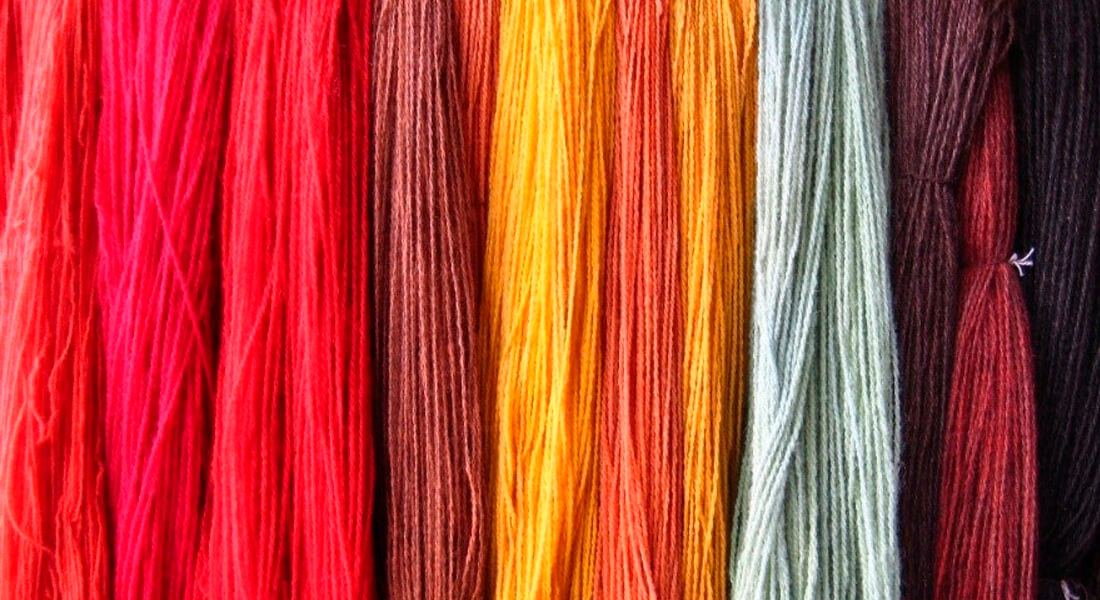Dyeing in the Aegean Bronze Age

Friday talk on Archaeology by Rachele Pierini, Marie Curie Fellow & Marie-Louise Nosch, professor at SAXO-institute, University of Copenhagen.
Bronze Age iconographic sources provide evidence for dyed textiles in the Aegean area, a datum that archaeological remains confirm. What is yet to be fully elucidate are the raw materials that were used to dye fibres. The issue becomes particularly debated when red dyes are at play since purple dye (from the murex) was highly expensive and vegetal substitutes were used instead but what plants were used is yet to be determined. This paper will explore Bronze Age Aegean vegetal dyes by analysing textual data from Linear B tablets and combining them with data from the recent excavation of the Middle Minoan IIB workshop making organic dyes at Alatzomouri Pefka and toponyms. The geographical distribution of dyestuff seems particularly interesting in the light of tablets such as KN X 976 and KN Bg 843. The former shows that in the locality of da-*83-ja royal craftsmen (wa-na-ka-te-ro) engaged in murex dyeing (po-pu-re-jo). On the latter 34 units of the commodity po-ni-ki-jo are redistributed to the Knossian women (ko-no-si-ja). The term po-ni-ki-jo has received two interpretations, namely ‘alkanet’ and ‘madder’ (Rubia tinctorum L.). The latter is perhaps better on the basis of archaeological evidence and the fact that madder is a mordant dye and the Linear B word tu-ru-pte-ri-ja indicates the alum. Also, the po-ni-ki-jo places also correspond with places producing pu-ka-ta-ri-ja (a specific type of cloth) and other types of cloth as well. Given that pu-ka-ta-ri-ja is often dyed red, it is possible that it was dyed in these villages where the red dye substance was available.
